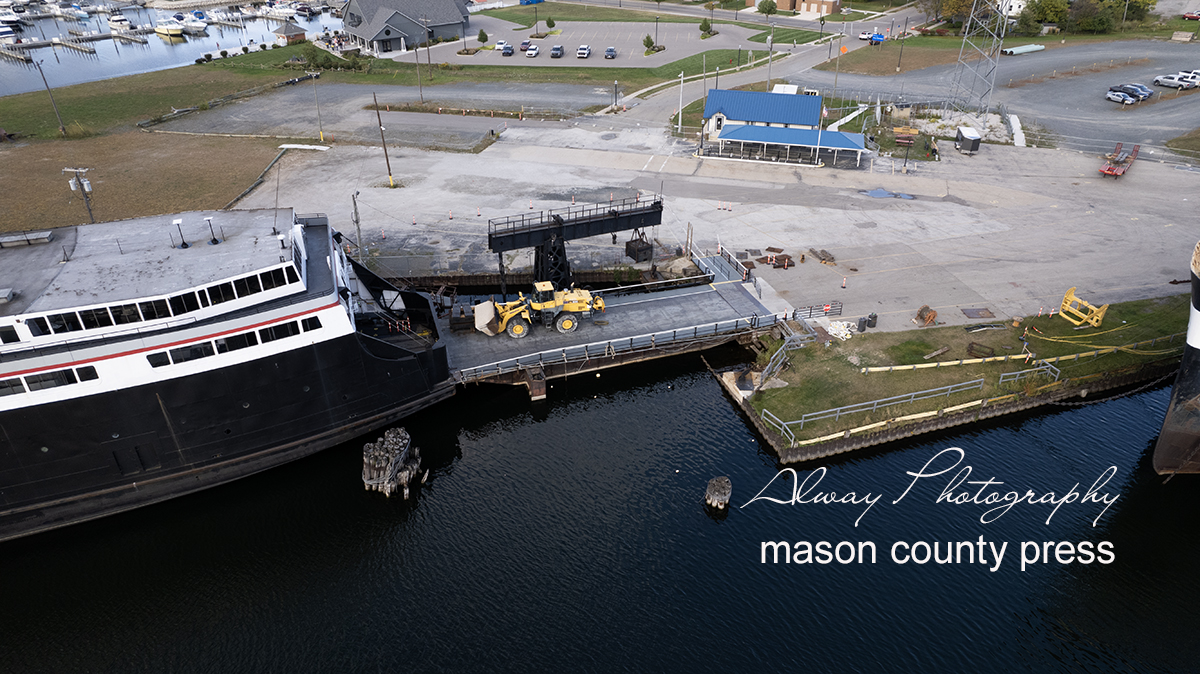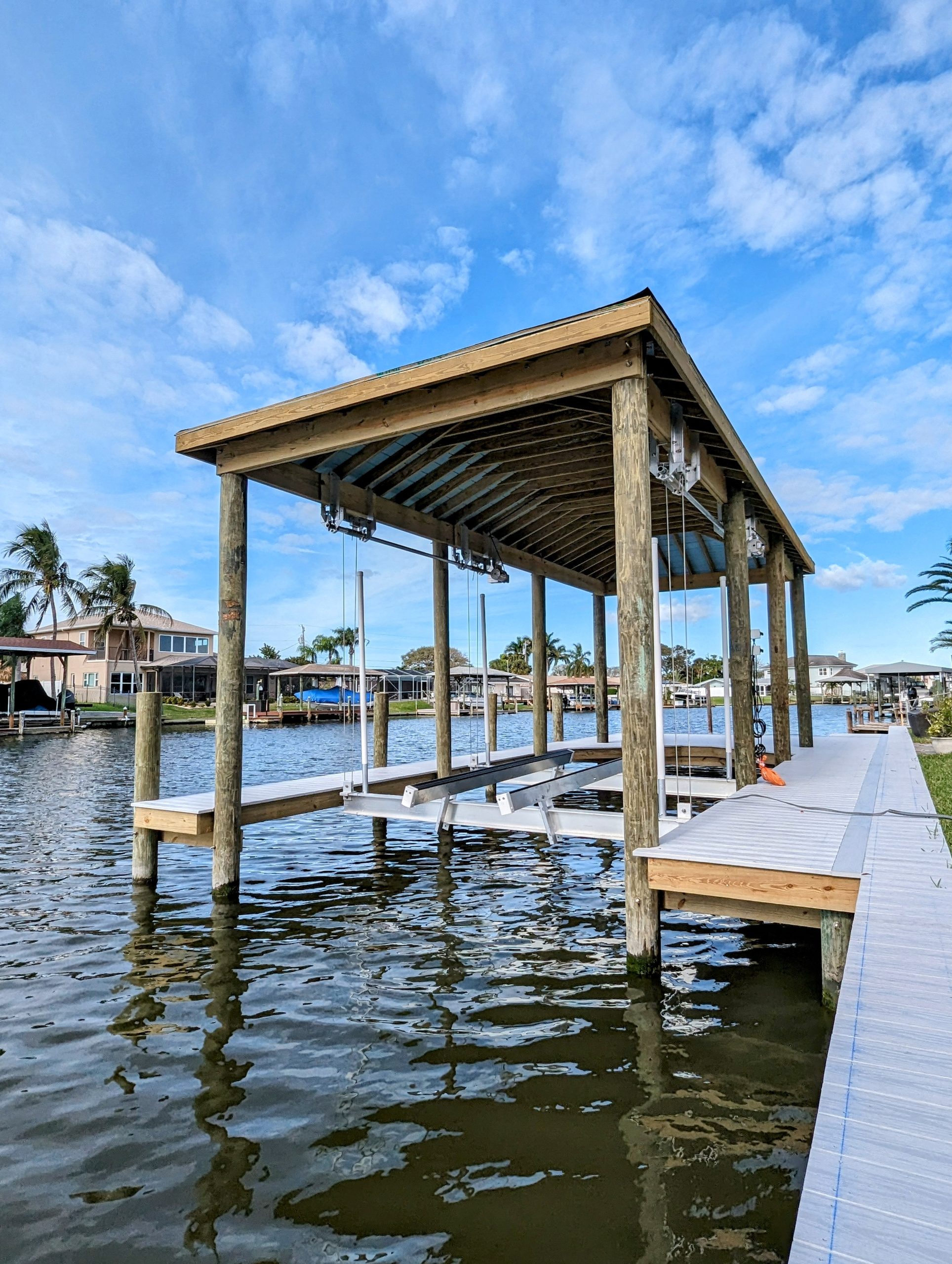DIY Tips for Simple Dock Repairs You Can Deal With
DIY Tips for Simple Dock Repairs You Can Deal With
Blog Article
Efficient Dock Repair Work Techniques: Guaranteeing Structural Integrity
Making certain the structural integrity of docks with reliable repair work methods is paramount for the durability and safety and security of aquatic centers. Ultimately, selecting the ideal repair service products, such as composite materials and corrosion-resistant alloys, is vital for toughness.
Examining Dock Damage
Evaluating dock damages is a vital first step in making sure the structural stability and safety of any type of docking center. Trick facets to check out include the dock's foundation, pilings, decking, and hardware (Dock Repairs).
Structural engineers or qualified examiners commonly do these analyses utilizing specialized tools and techniques. Undersea evaluations might utilize sonar equipment or from another location ran cars (ROVs) to find submerged damage. Over water, aesthetic examinations are matched by utilizing moisture meters and other analysis tools to uncover underlying concerns not promptly noticeable to the naked eye.

Choosing Fixing Materials
Selecting the appropriate repair products is a pivotal action in the dock repair process, one that directly affects the durability and performance of the fixed framework. Material option must be driven by factors such as ecological conditions, load-bearing requirements, and compatibility with existing dock elements. Wood is a standard selection for anchors due to its natural durability and visual allure. Picking the appropriate kind of timber, such as pressure-treated lumber or normally rot-resistant species like cedar or teak, is critical to withstand aquatic atmospheres.
In addition to wood, composite materials are significantly preferred as a result of their toughness and reduced maintenance requirements. Composites, usually made from a blend of plastic and timber fibers, provide excellent resistance to rot, pests, and UV damage. For steel docks, picking corrosion-resistant alloys such as galvanized steel or marine-grade aluminum is important to prevent corrosion and ensure architectural integrity in saline water problems.
Epoxy resins and marine-grade sealers are essential for fixing cracks and sealing joints, providing a water-proof barrier and improving the dock's overall toughness. By thoroughly selecting high-grade materials, dock fixings can accomplish lasting outcomes, thereby guarding against future deterioration and ensuring risk-free, reputable usage.
Structural Support Methods
Effective architectural reinforcement strategies are vital in ensuring the stability and long life of dock repair services. One fundamental technique entails making use of steel or composite support bars (rebar) within concrete structures. Rebar supplies additional tensile toughness, avoiding splits and dispersing lots more uniformly. This method is particularly efficient for anchors exposed to heavy tons or extreme environmental problems.
An additional crucial technique is the application of fiber-reinforced polymers (FRP) These materials offer high strength-to-weight ratios and excellent resistance to corrosion, making them perfect for reinforcing wooden or concrete docks. FRP can be applied in strips or sheets and adhered with epoxy materials to boost architectural honesty.
Supporting and securing systems likewise play a critical duty in architectural support. Cross-bracing, utilizing metal or wooden light beams, can neutralize side forces, decreasing persuading and motion. Anchoring systems, such as helical piers or driven piles, provide a stable structure by transferring loads to much deeper, a lot more steady soil layers.
Last but not least, the integration of load-distribution plates can aid distribute weight much more equally throughout the dock's surface, mitigating local stress and anxiety factors. These techniques jointly make certain that anchors remain robust and safe, efficient in withstanding the roughness of their operational environment.
Advanced Fixing Techniques

An additional innovative technique includes underwater welding, which permits repair work to be performed without the demand to dewater the location. This approach is particularly beneficial for resolving structural issues in submerged dock elements, making certain minimal disruption to procedures. Boosted welding methods, combined with robotic systems, deliver precision and integrity, consequently prolonging the lifespan of the dock.
Additionally, cathodic defense systems are applied to stop deterioration in metal dock structures. By utilizing sacrificial anodes or impressed existing systems, these strategies effectively minimize the electrochemical procedures that cause material degeneration.
Finally, advanced monitoring modern technologies, such as architectural health and wellness monitoring (SHM) systems, provide real-time information on the problem of dock structures. These systems enable aggressive maintenance and prompt treatments, eventually ensuring the long-term architectural stability of the dock.
Upkeep and Avoidance
Upkeep and avoidance are fundamental principles that underpin the longevity and safety of dock frameworks. Regular assessments are critical, allowing for very early detection of damage, potential weaknesses, and ecological impacts. An aggressive method, involving regular checks for corrosion, rot, and architectural shifts, reduces costly fixings and lengthens the dock's operational life.
Safety nets should consist of applying safety finishings to metal parts to defend against corrosion and utilizing cured wood to stand up to useful link decay. Furthermore, guaranteeing correct drainage and ventilation can protect against water accumulation, which is a typical source of structural destruction. Incorporating high quality products and adhering to producer standards during building and construction and fixing phases additionally play important roles in improving durability.

Educating employees in dock upkeep best techniques ensures consistent application of safety nets. Leveraging technical advances, such as drones for inspections and sensors for real-time monitoring, can even more check that enhance maintenance initiatives. By focusing on upkeep and avoidance, dock proprietors can ensure structural integrity, operational safety, and affordable administration over the dock's life-span.
Conclusion
Finally, preserving the structural honesty of marine centers requires detailed dock fixing strategies. Complete evaluations making use of sophisticated devices discover both noticeable and concealed problems, while the choice of ideal repair service materials improves resilience. Applying structural support methods addresses anxiety points properly. Advanced repair work techniques, paired with routine upkeep practices, ensure the dock continues to be operational and safe under diverse ecological problems. Embracing these techniques considerably lengthens the lifespan and performance of aquatic infrastructure.
Making certain the architectural integrity of docks through effective repair work methods is extremely important for the longevity and safety of marine facilities.Selecting the appropriate repair materials is a pivotal step in the dock remediation process, one that directly influences the long life and efficiency of the fixed framework.Reliable architectural reinforcement methods are vital in making sure the stability and durability of dock repair work. By prioritizing maintenance and avoidance, dock proprietors can make sure structural stability, operational safety, and cost-efficient monitoring over the dock's life-span.
In verdict, preserving the structural integrity of aquatic centers requires detailed dock repair service methods.
Report this page